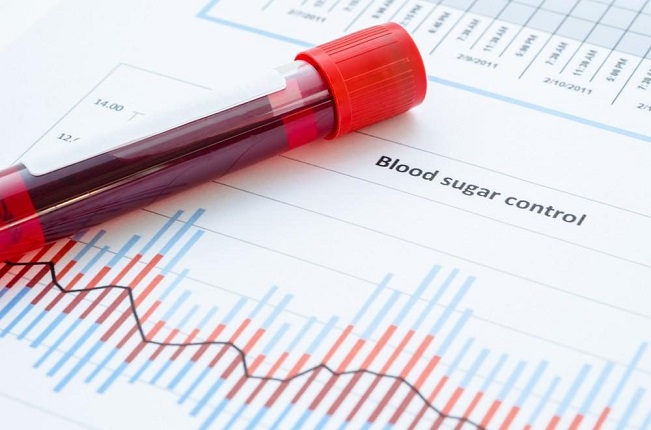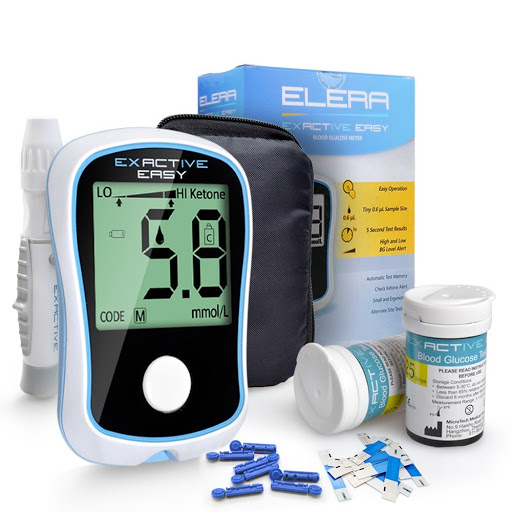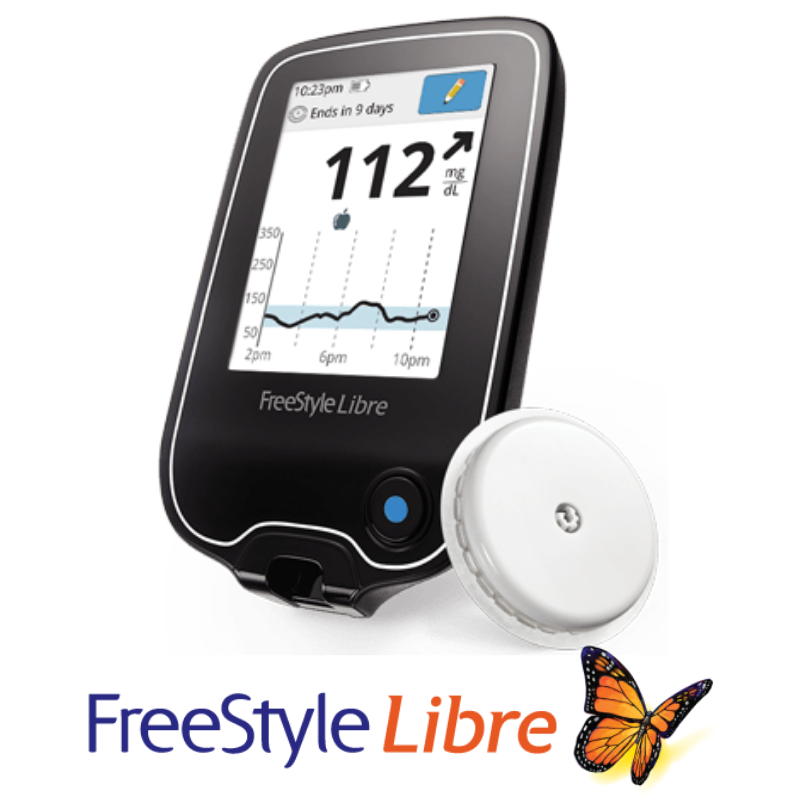Diabetes, both type 1 and type 2, is a chronic disease that affects millions of people worldwide, and the numbers are constantly increasing. The rise in type 1 diabetes has been linked to the global environmental changes, while the rise in type 2 diabetes is strongly associated with the increased percentage of obesity.
In individuals with normal glucose tolerance, blood sugar levels are automatically monitored and controlled by the body. After eating, the body releases enough insulin to keep the plasma glucose within a normal range that rarely rises above 7.8mmol/l and usually returns to pro-meal levels within two to three hours. In people with diabetes, the body has little or no automatic control over the blood glucose levels. After eating, these people often experience extended periods of elevated blood glucose levels, which can lead to micro- and macrovascular complications. Improving glycemic control in diabetic individuals has been shown to reduce these complications.

How to Monitor Blood Sugar Levels?
Aside from maintaining a healthy lifestyle, monitoring and keeping track of your blood glucose levels is also important. In fact, it is the main form of keeping diabetes under control. If you have this condition, you can test your blood sugar levels at home with a portable electronic device called blood sugar monitor. The test will help you to:
- Identify whether your blood sugar levels are high or low;
- Observe the effect of medications on your blood sugar levels;
- Control your progress in reaching your overall treatment goals;
- Understand how other factors, such as stress or illness, affect your blood sugar levels;
- See how diet and exercise affect your condition.
How to Use Blood Sugar Monitor?
Blood glucose monitors work by analyzing a small amount of blood, that’s usually taken from your fingertip. These meters come with testing strips, small needles, or lancets to prick your finger, and a device to hold the needle. Blood sugar monitor kits may also include a logbook or you might be able to download the readings to your computer. To test your glucose levels, you should first insert a test strip into the device. Then, lightly prick your fingertip’s skin to get a drop of blood. Next, carefully touch the test strip to the blood and wait for the reading to appear on the screen. The device will shortly show you your current blood sugar level. Considering the fact that blood sugar levels can change, it’s important to perform these tests often and keep track of them.
What Is the Best Blood Sugar Monitor?
Since making sure your blood sugar levels are within the healthy range is a critical part of keeping your health in check, choosing a meter that is accurate and reliable is a must. Here are some factors to consider before you buy blood glucose monitor.

Accuracy
Your blood glucose readings will affect your insulin doses and diet, which is why obtaining accurate results from a reliable device is crucial for your health. Unfortunately, research has shown that not all FDA-approved glucose meters meet accuracy standards. There are several factors that can affect the accuracy of a glucose meter such as variations in the proportion of red blood cells in your blood, manufacturing variability, environmental conditions and others. One great way to ensure you’re buying a reliable device is to choose a model that utilizes the most innovative technology possible to detect and correct these variations.
Blood Sample Size
The bigger the blood sample a meter requires, the bigger the blood drop you will need to provide. This may result in difficulties if you have poor circulation or other health conditions, and can sometimes cause a number of errors or wasted test strips if you can’t get a blood drop that’s big enough. So, choosing a meter that requires a micro-sized sample can be very helpful.
Ease of Use
 Dealing with a meter that is too complicated to use, that takes too long to read, or requires coding, you will be less likely to reach for the device when it’s time for your test. This may defeat the entire purpose of the meter. So, make sure you are comfortable with the design and technology of the meter you buy. Choosing a simple model that’s simple and easy to use is the best motivation for testing as often as you need!
Dealing with a meter that is too complicated to use, that takes too long to read, or requires coding, you will be less likely to reach for the device when it’s time for your test. This may defeat the entire purpose of the meter. So, make sure you are comfortable with the design and technology of the meter you buy. Choosing a simple model that’s simple and easy to use is the best motivation for testing as often as you need!
Price
The price of the tester will depend on its features. For example, a model featuring Bluetooth will cost more than one without it.
 Although the price for the device is a flat cost, you also need to consider the price of the test strips that you will need to buy constantly. The cost of your test strips will vary based on how many times a day you will test your blood sugar levels (thus how many strips you’ll use) as well as on their brand.
Although the price for the device is a flat cost, you also need to consider the price of the test strips that you will need to buy constantly. The cost of your test strips will vary based on how many times a day you will test your blood sugar levels (thus how many strips you’ll use) as well as on their brand.
























